Explore how poor integration leads to operational drag — and what business leaders can do to fix it without getting technical.
Your business might have invested in great tools — CRM, project management, file storage, invoicing, communication platforms — all top-tier, best-in-class. But if they aren’t talking to each other, your team is paying the price.
That price? Wasted time, frustrated employees, manual errors, and missed opportunities.
When systems aren’t integrated, your business moves slower — even if every individual tool works perfectly on its own.
The Cost of Disconnected Tech
Let’s look at how this shows up across a typical workweek:
A sales rep enters the same client details in three different platforms
A team can’t find the latest version of a shared document
Your finance team is manually exporting data from your CRM to issue invoices
Leadership spends hours cobbling together performance metrics from multiple dashboards
- Projects get delayed because updates live in one system but not another
It’s death by a thousand clicks — and no one’s job should be copy/pasting between tools all day.
Why This Isn’t Just an “IT Problem”
Many business leaders assume integration is something the tech team will “sort out eventually.” But if your tools aren’t working together, the impact reaches every level of the business:
Lost productivity means you’re paying for hours that aren’t driving results
Inefficient processes lead to delays and client frustration
Inaccurate data leads to poor decision-making
Employee burnout increases as teams deal with avoidable friction
This isn’t about needing new software. It’s about getting more value from what you already have — and making it work together.
The Business Case for Integration
When your tech tools talk to each other, everything changes:
Your team works faster because they’re not duplicating effort
Your data stays accurate because it only needs to be entered once
Your leadership has real-time visibility into what’s happening
Your customers feel the difference with smoother service and faster responses
It’s not just IT hygiene — it’s a strategic enabler.
You Don’t Have to Get Technical to Fix This
Here’s what business leaders can do:
Map the Workflow
Start with your biggest pain points. What processes are slow, manual, or error-prone? Which tools are involved?- Ask the Right Questions
You don’t need to know how the integrations work — just whether they exist.- Do our systems integrate out of the box?
- If not, can they be connected via tools like Zapier, APIs, or plugins?
Are we using all the features we’re paying for?
Prioritize High-Impact Fixes
You don’t have to solve everything at once. Focus first on the integrations that save the most time or improve accuracy.- Get Strategic Help
If your IT provider or internal team isn’t addressing this, it’s time for an ecosystem review. You may not need new tools — just smarter connections.
Final Thought: Great Tech Isn’t Enough — It Has to Work Together
Even the best software can create chaos if it operates in a silo. Integration isn’t about bells and whistles — it’s about reducing friction, enabling growth, and giving your team back their time.
Because at the end of the day, your tech stack should amplify your people — not slow them down.
Want help making your tools work better together?
Book an IT Ecosystem Review with BizCom Global — and let’s turn disconnected tech into smooth, strategic systems.

